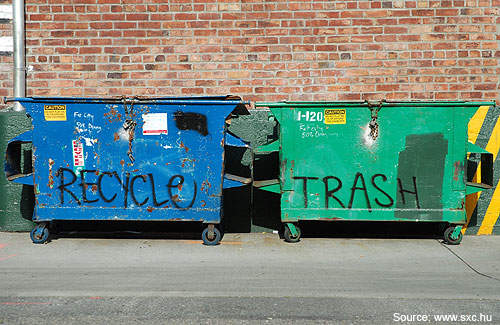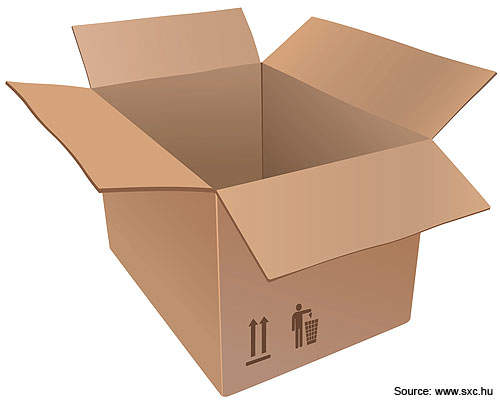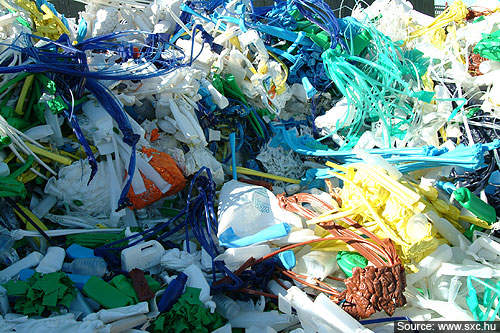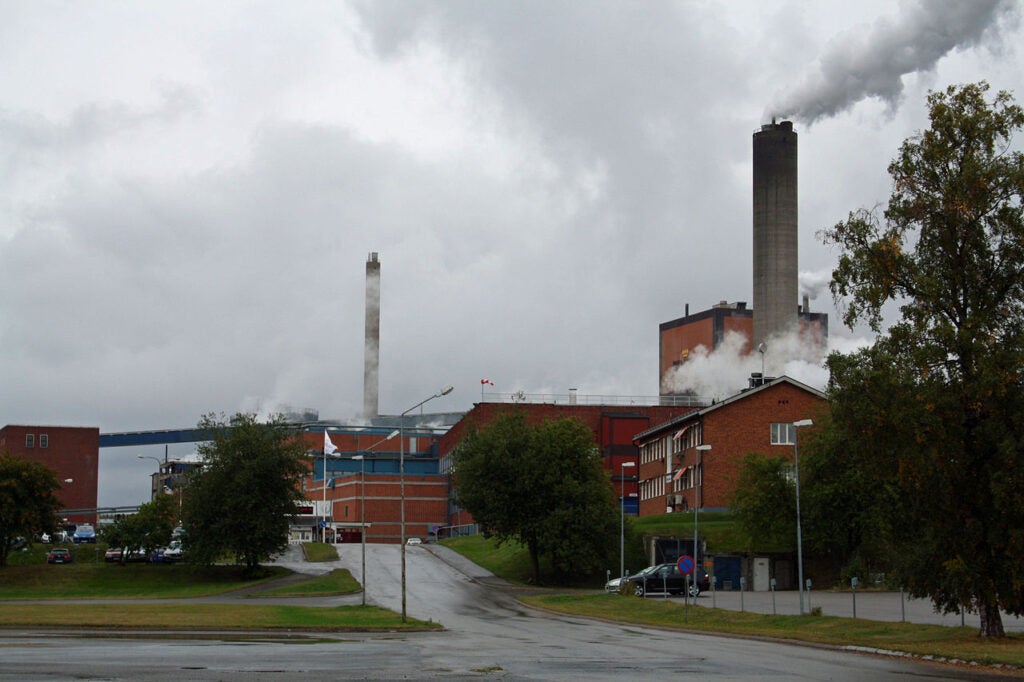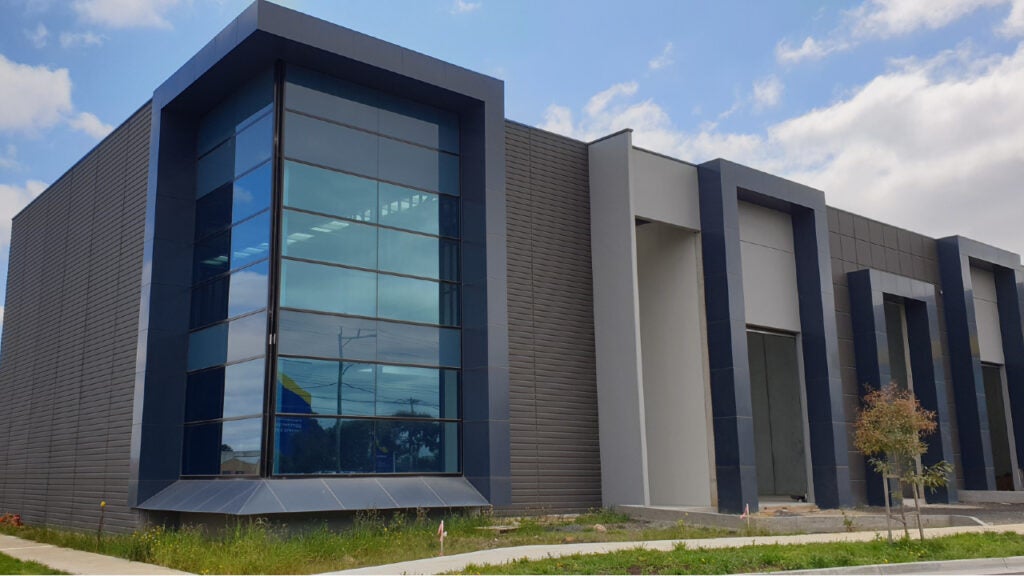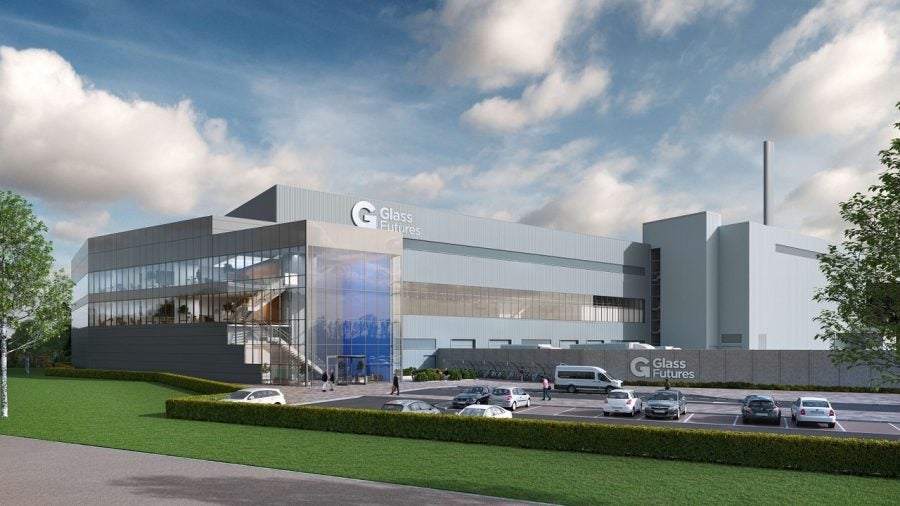The Bywaters Materials Recovery Facility (MRF) is located at Bow Creek near Lea Riverside in East London. It is owned and operated by recycling and waste managers Bywaters (Leyton) Ltd. It started operations in 2008 and offers recycling and customised waste management facilities to individuals and businesses; it is also the largest MRF in the city of London.
The new facility was built on 3.7 hectares of land at a cost of £27m. It features a largely automated recovering facility. It had an initial capacity to recycle 125,000 tons per annum (tpa) of dry waste. In June 2009, the plant recycled 90,000tpa in two shifts. It currently operates in three shifts and recycles 130,000tpa of waste.
The site has permission from the Environment Agency to process up to 500,000tpa of waste. Of the total waste, on an average, two-thirds of waste comes from 2,500 commercial and industrial customers while the rest comes from municipalities (MSW). The quantity of MSW is, however, expected to increase to 75% in the next two years once the MSW recycling contracts are awarded.
Bywaters reclaim around 98% of the recyclable waste from commercial/industry customers. The remaining 2% is disposed through incineration and landfills.
In March 2011, Bywaters placed an order with Volvo for the supply and maintenance of 52 specialist recycling vehicles including hookloaders, refuse collection vehicles (RCV), and skip loaders. The vehicles will be used in the Bow and Leyton facilities.
Equipment
The equipment installed at the facility is largely automated with minimal hand-sorting.
The plant is equipped with two American designed automated sorters that enable a high-degree of sizing and separation.
It also features three Norwegian TiTech sorting machines that use infra-red technology to monitor the refractive index of the materials to separate the plastic from the conveyors.
Process
Bywaters follows a bi-cycle system of segregating waste. Around 42% of its customers segregate the dry waste at their premises and the rest is done by the company’s logistics team.
In this bi-cycle system, dry recyclable waste such as paper, cardboard, plastic and latterly glass are collected in orange transparent bags and placed in orange containers. The other residual waste is collected in the semi-transparent blue sack and placed in blue containers. Only the vehicles carrying dry recyclable waste come into the Lea Riverside plant.
The dry waste is manually sorted to avoid clogging in the MRF system and also to remove any potential contaminants. This is done to maintain the desired quality standards of the recovered materials.
The waste is separated into pure material and less pure material from known commercial, MSWs-from inner and outer London boroughs, and the newspapers.
Each of the waste categories is processed separately. It is sent into a pair of dosing hoppers, which flows the waste evenly and sorts it into two bag splitters and onto the conveyors to the first sorting cabin where plastic and residual wastes are taken out.
The automated screen sorters further sort the oversized cartons and cardboard items. The oversized cartons and some plastic pass over the top of the sorters and onto the conveyors for quality control purposes. Only pure cardboard waste is sent to the cardboard storage hopper and the other wastes such as glass containers are dropped in the debris roll screen beneath the main sorters. This is then is crushed to join other items which are less than 40mm in size.
The mid-sized materials between 40-200mm are sent to the rotating sorters set at a 45 degree angle to separate the two and three dimensional materials. The two dimensional material such as paper and small cardboard items are hand sorted to remove contaminants.
The three dimensional materials are further processed to produce HDPE, PET, mixed plastic containers, aluminium and steel cans. The TiTech sorting machine separates the plastic. The waste plastic containers are pierced to ensure that no whole containers pass through the machines. This is done to improve the baling effectiveness and save storage space.
The less-than-40mm material is further separated through the magnetic separation system to remove ferrous items such as paper clips.
The less-than-10mm material, which is usually the office paper waste, is finely shredded. The other large pieces are mainly glass pieces and plastic bottle tops, which are sent as landfill residue.
Future
The Bywaters team is currently evaluating the process of transporting the containers carrying the recycled material directly to the port for trans-shipment to reduce the road transport and associated environmental impacts.
A wharf will be built to handle two barges at a time capable of carrying 350t of recycled material in 18 containers. Once the scheme is executed around 17 heavy trucks will be removed from the roads of East London.

